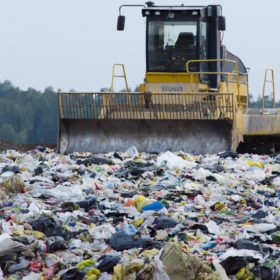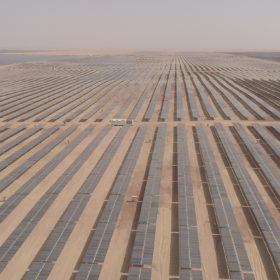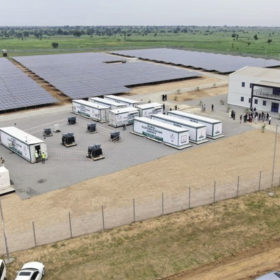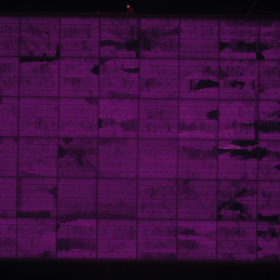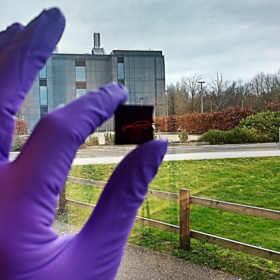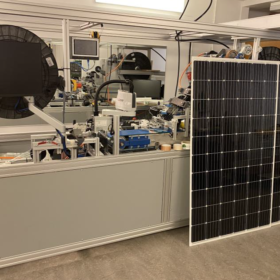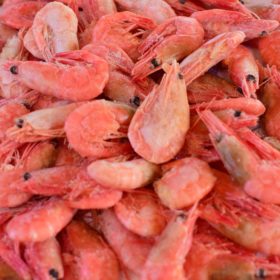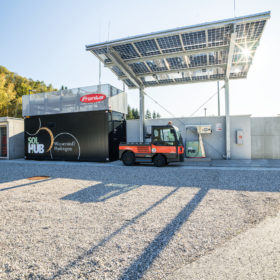Understanding the fate of end-of-life modules
Scientists in India have taken a close look at the potential impact of growing volumes of PV waste, and have conducted surveys that suggest a lot more work is needed from manufacturers and policymakers to develop management systems for end-of-life PV products.
Temperature and the case for bifacial
U.S. scientists have developed a model to predict the performance of bifacial PV at project level. Their results show that when improved temperature sensitivity is properly taken into account, the advantage of bifacial modules could be even larger than previously thought. And for upcoming module technologies like heterojunction in particular, it could mean bifacial is viable in even more parts of the globe.
High-performance dual-ion lithium titanate battery
Scientists in China have fabricated a dual-ion battery with a lithium titanate anode and graphite cathode. Their research focuses on some of the difficulties arising from the material’s low specific capacity and their device exhibits leading performance for a lithium titanate battery.
The weekend read: Expand and connect
Almost 60% of Nigeria’s population currently has access to electricity. But this breaks down as 78% in cities and urban areas, and just 39% in rural communities. The Rural Electrification Agency (REA), established by the government as part of electricity sector reforms in 2005, is tasked with bridging this gap and bringing reliable energy supply to the most remote parts of Nigeria. pv magazine spoke with REA CEO Ahmad Salihijo Ahmad about the organization’s strategy and recent progress, as well as the challenges that remain for rural electrification in Nigeria and the role of PV technology.
How the cracks are forming
Scientists in the United Kingdom have investigated the formation of cracks in PV cells, confirming that the high temperatures cells are exposed to during soldering for interconnection are a leading cause of cracking. Their findings will aid future research into module reliability and predictions of how cracks are likely to form.
Printed protection for perovskite cells
Scientists led by the University of Cambridge have developed a new method to print a protective layer of copper directly onto a perovskite solar cell, providing protection to the active layer from damage often caused in later production stages. Cells using this layer were tested in various tandem combinations with silicon cells and achieved a maximum efficiency of 24.4%.
Sticking together
A cell interconnection method developed by a Swedish company promises lower-cost and higher-throughput production of PERC and more advanced silicon PV modules. The process is ready to move to pilot production, and its creators want to play a role in the anticipated European solar manufacturing renaissance.
There’s something fishy about this flow battery innovation
Scientists led by MIT have suggested chitin, a carbon and nitrogen-rich material made from waste shrimp shells, could produce sustainable electrodes for vanadium redox flow batteries and other energy storage technologies.
Lockdown and PV’s positive feedback loop
Scientists measuring air pollutants and PV performance in Delhi have found the lockdown conditions imposed in the Indian capital since late March have brought about a significant reduction in air pollution which has led to an 8% increase in solar irradiation reaching rooftop arrays.
Seasonal storage: alternatives to the alternative
In an update to a report it published earlier this year, Norway-headquartered consultancy DNV GL outlined the role it sees for both seasonal heat storage and pumped hydro to help manage the 1.4 TW of variable renewable energy capacity it forecasts to be connected to European electricity grids by 2050. DNV GL maintains the original report’s conclusion that where seasonal storage is concerned, hydrogen will be the first option.

